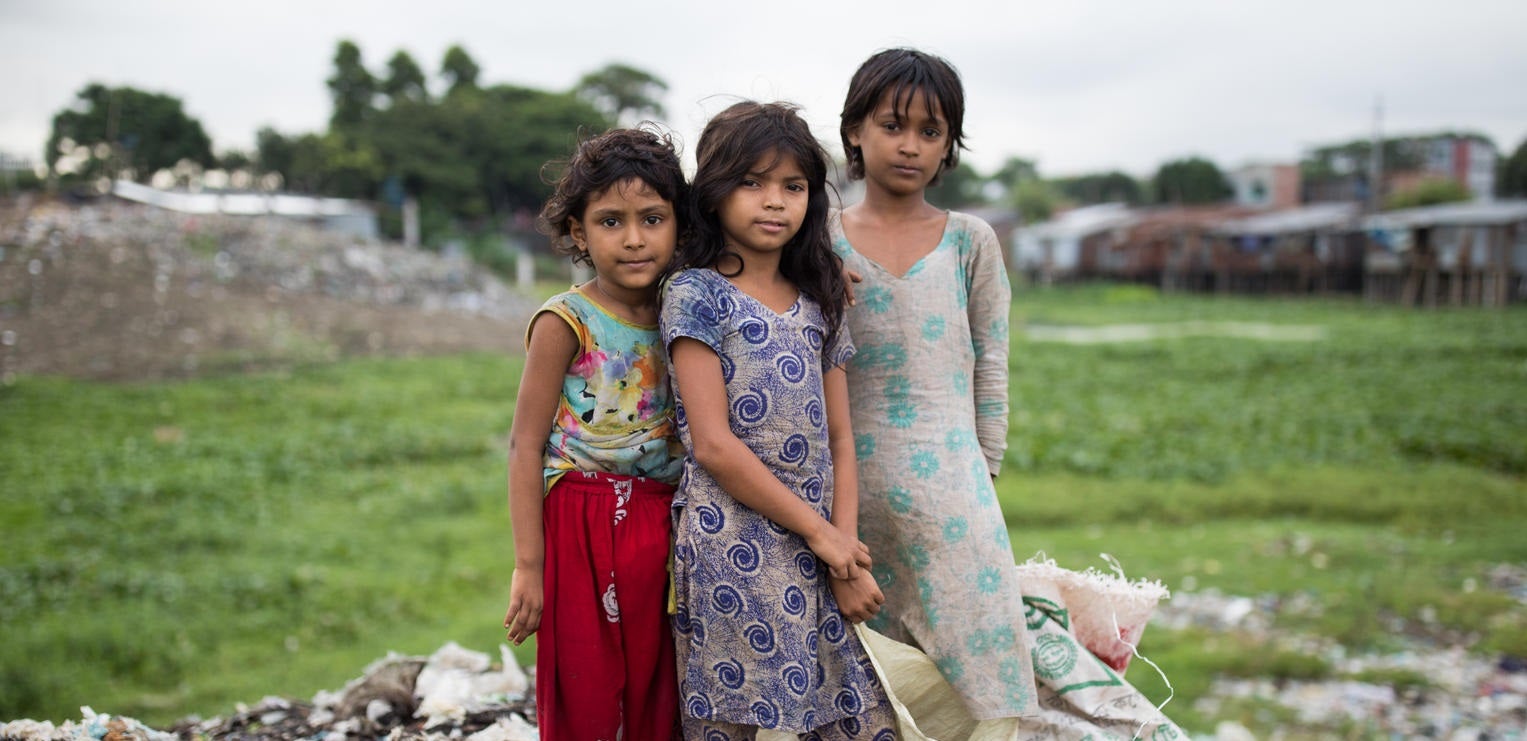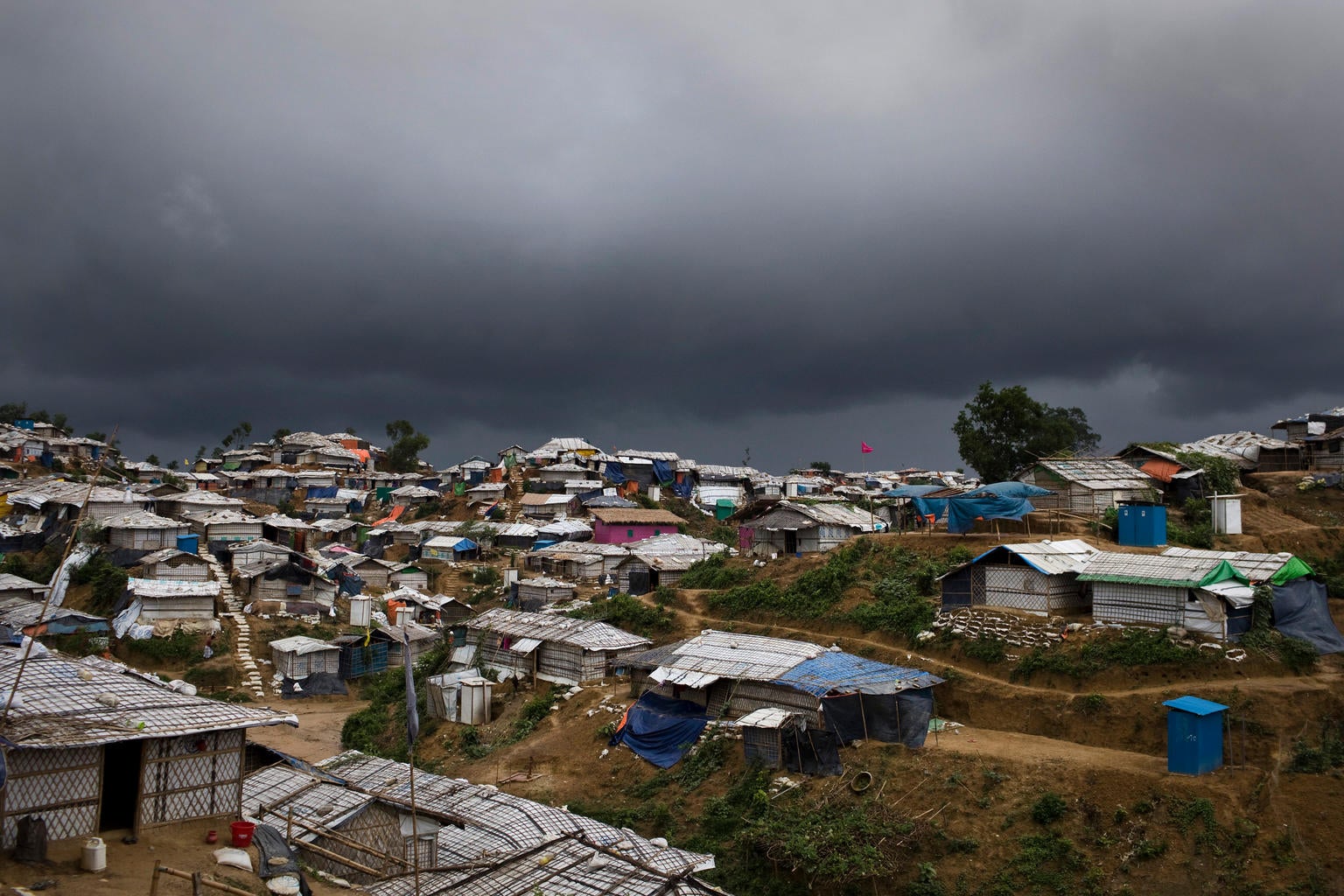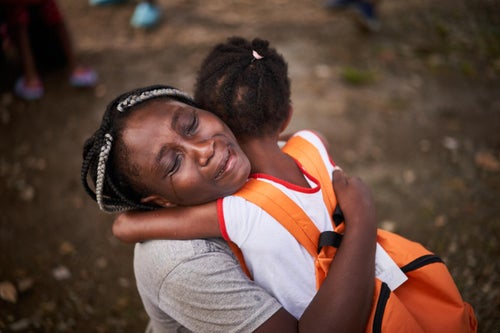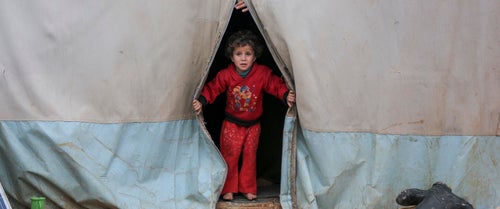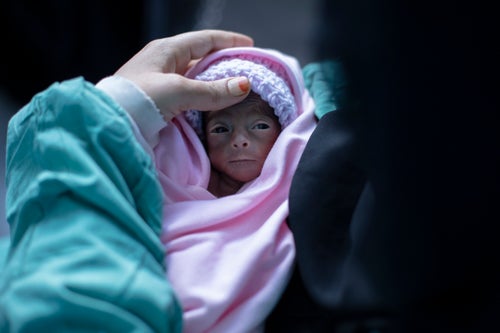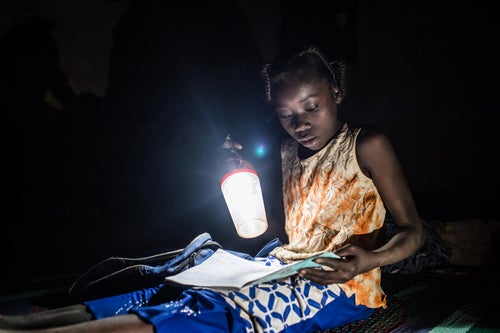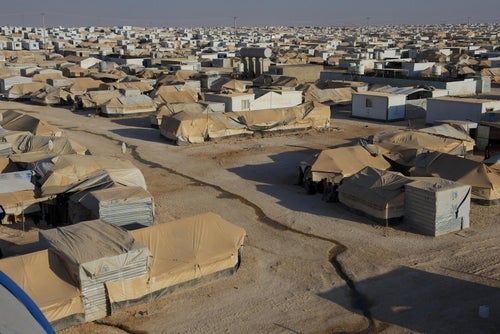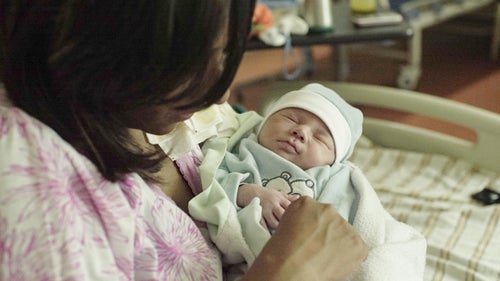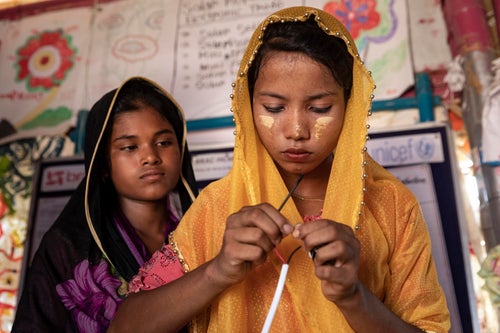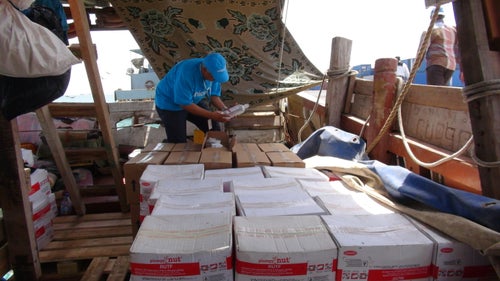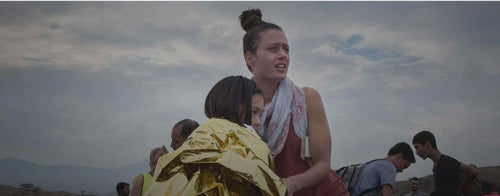Overpopulated refugee camps are at high risk for disease transmission
As coronavirus spreads around the world, we are all vulnerable. But refugees and those forcibly displaced are even more so.
In Cox’s Bazar, Bangladesh, more than 854,000 Rohingya refugees live in bamboo and tarpaulin shelters, in precarious conditions. It is one of the largest and most densely populated refugee camps in the world.
An average of 4.6 people share one shelter, which is often just a one room tent structure with plastic canvas for walls, built a mere 10cms away from the next shelter.
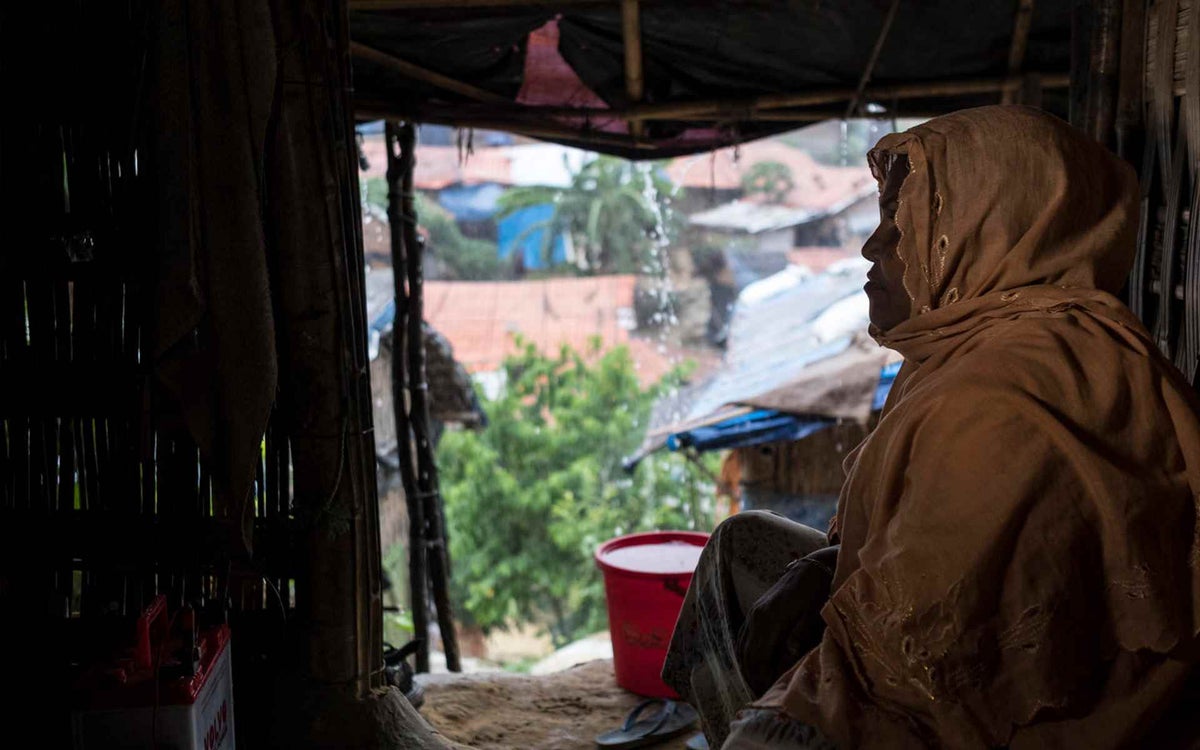
Families do not have access to running water or soap within their homes. They must leave their shelters to collect water or to use shared toilets and bathing facilities, and up to 20 people may use the one bathroom.
Given the congested conditions and shared water and sanitation facilities, the risk for disease transmission has always been high – and now the people living there are faced with the risk of coronavirus.
“This is a major concern for the UNICEF teams here,” says UNICEF Bangladesh Communications Specialist, Karen Reidy.

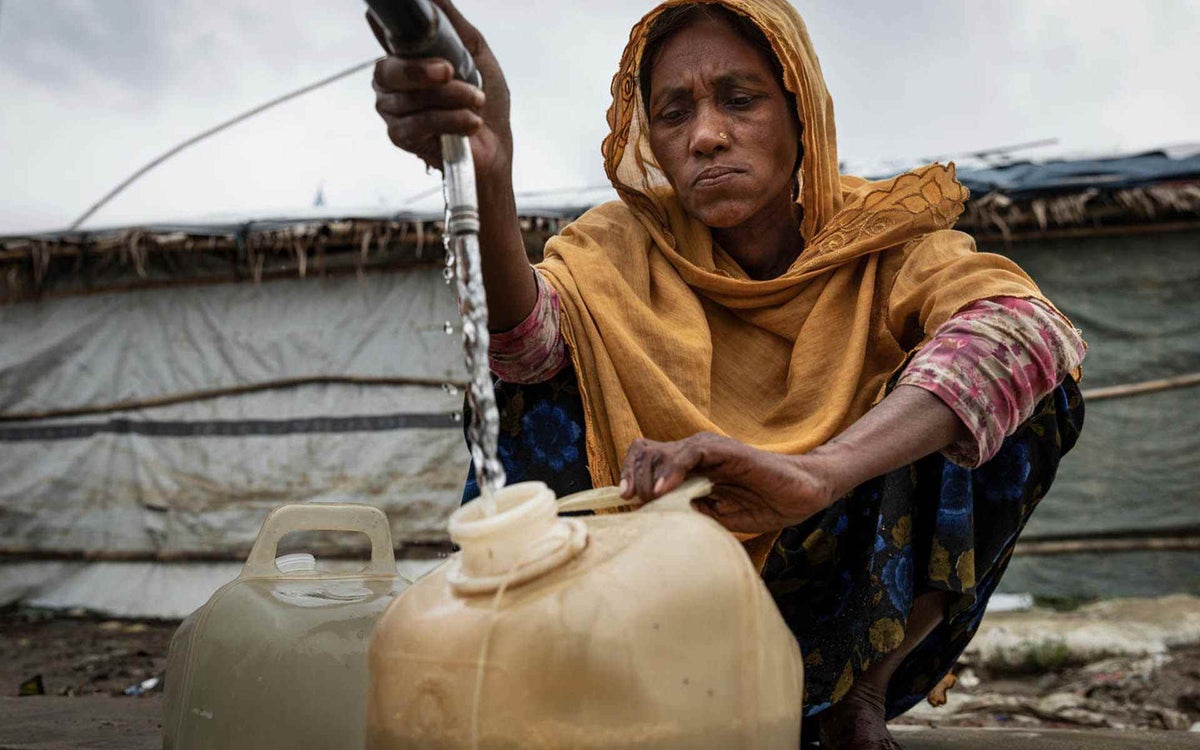
A COVID-19 disease outbreak is expected to be beyond the capacity of the current health infrastructure in the camps.
“There are currently (April 2020) no suspected cases of COVID-19 in the Rohingya refugee camps, however the first case in Cox’s Bazar District was confirmed on 24 March 2020. UNICEF and partners are monitoring the situation extremely closely.”
While global evidence suggests 80 per cent of all cases of COVID-19 will be mild and will not require special medical treatment, if many people do fall sick at the same time even countries with well-developed health systems will be stretched beyond their capacity. For the people living in the camps, the reality is even more stark.
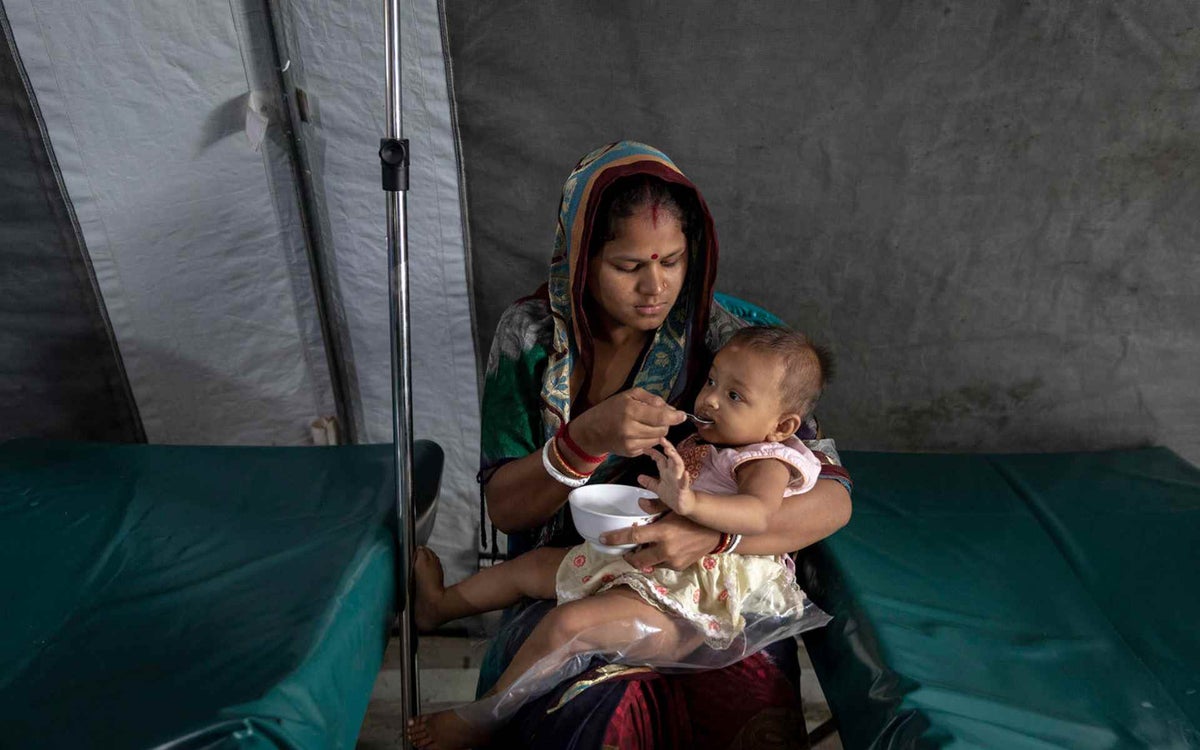
UNICEF teams are working with partners to scale up existing medical capacity
Since the onset of the Rohingya refugee crisis UNICEF has been one of the main agencies supporting families living in camps, running health, education and livelihood programs – and preventing and containing disease outbreaks.
“During the initial stages of the emergency response, there was a serious diphtheria outbreak,” explains Karen.
“Through mass vaccination campaigns and sustained routine immunisation the diphtheria outbreak was brought under control,” says Karen.
“However, there is no vaccine for COVID-19.”
“Right now, prevention measures such as handwashing with soap and coughing hygiene are critical.”
UNICEF teams and partners are working to provide regular safe water and soap supplies for 240,000 Rohingya refugees, over half of whom are children.
UNICEF teams and partners are working to implement preventive measures
At the same time, our teams on the ground are using our existing networks of trained community mobilisers and volunteers from the refugee population to teach children best practice handwashing, and rapidly disseminate information on how children and families can best protect themselves from infection, the symptoms of COVID-19 and where to seek healthcare.
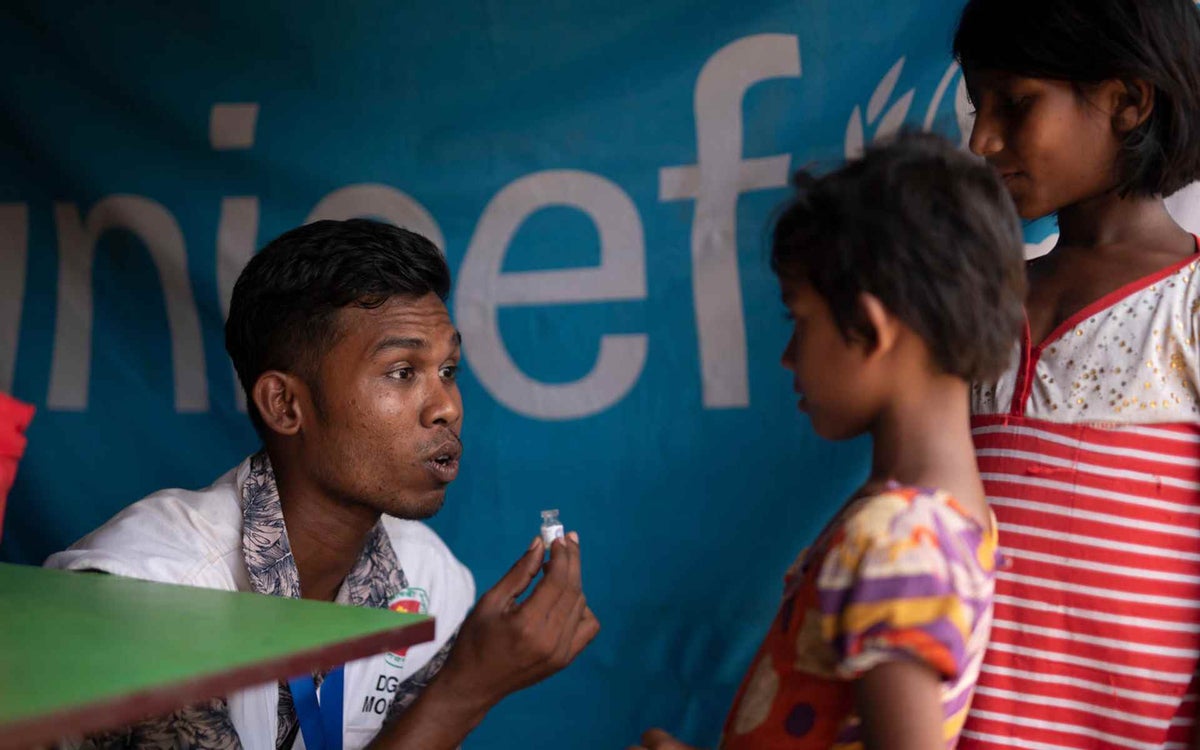
“COVID-19 is a huge concern to most people around the globe and refugees are no exception. This is why we are taking measures to ensure they have access to accurate information and to health advice on how to protect themselves and what to do if they fall sick.”
UNICEF teams are also working with partners to scale up existing medical capacity and support training of medical staff.
“Current isolation facilities have a capacity of almost 700 beds for refugees and the surrounding host community.”
While children who have contracted COVID-19 so far have experienced only mild to asymptomatic responses, many of the children living in the Rohingya camps are more at risk due to malnutrition.
“Children suffering from malnutrition are more vulnerable to COVID-19,” says Karanveer Singh, Nutrition Manager, UNICEF Cox’s Bazar.
In the camps, 45 per cent of Rohingya refugee households suffer from high levels of food insecurity - even with food assistance, while 11 per cent of children under 5 suffer from acute malnutrition. Almost no Rohingya household can afford a nutritious diet.
“This is why UNICEF and partners must also support the continuation of essential nutrition services in the refugee camps, at the same time as responding to the coronavirus outbreak,” says Karanveer Singh, Nutrition Manager, UNICEF Cox’s Bazar.
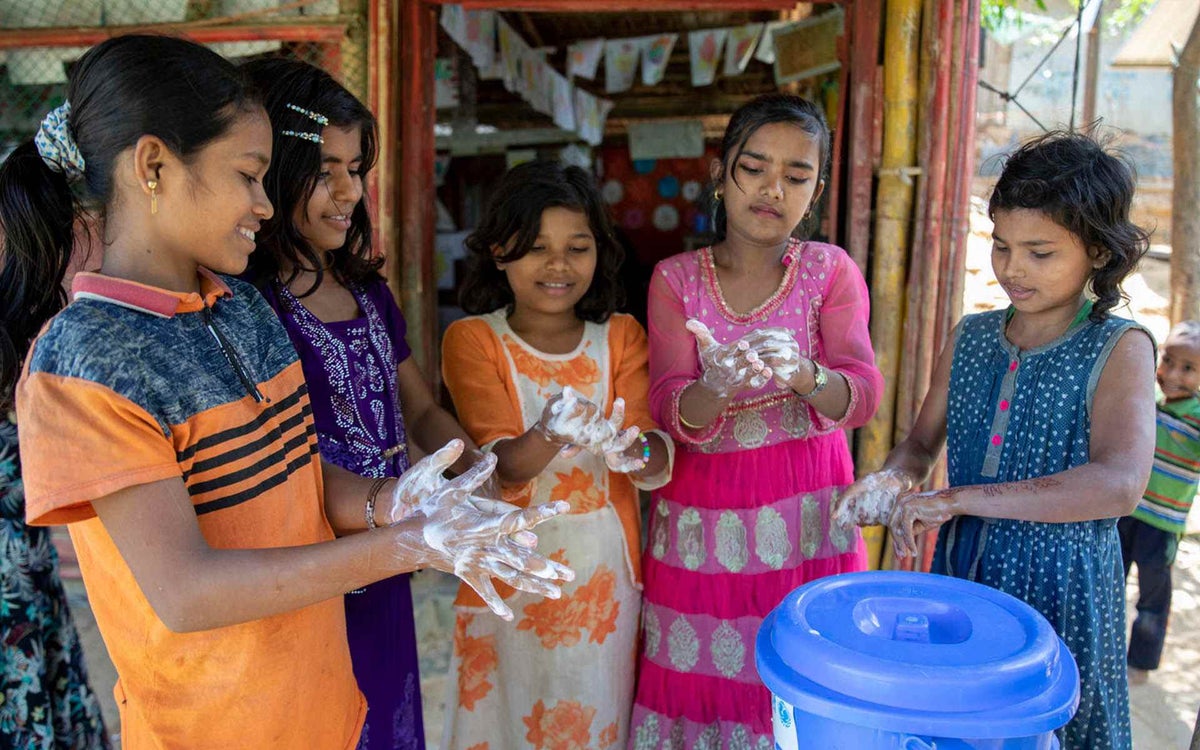
Education is also another concern.
Globally, 1.5 billion students (87 per cent of all students worldwide) are impacted by school closures due to COVID-19. This includes Rohingya and Bangladeshi students, with all UNICEF-supported learning centres closed to minimise the risk of transmission in communities.
We know from previous experiences, the longer children remain out of school, the less likely they are to return.
UNICEF is exploring alternative pathways for children growing up in the camps to continue with their education, including providing learning materials and activities to over 200,000 children to keep them engaged while learning centres are closed.
“Rohingya children in Cox’s Bazar remain highly vulnerable, living in challenging conditions in one of the world’s largest refugee camps. They face a very uncertain future, as a stateless population with no resolution to the crisis in sight,” says Karen.
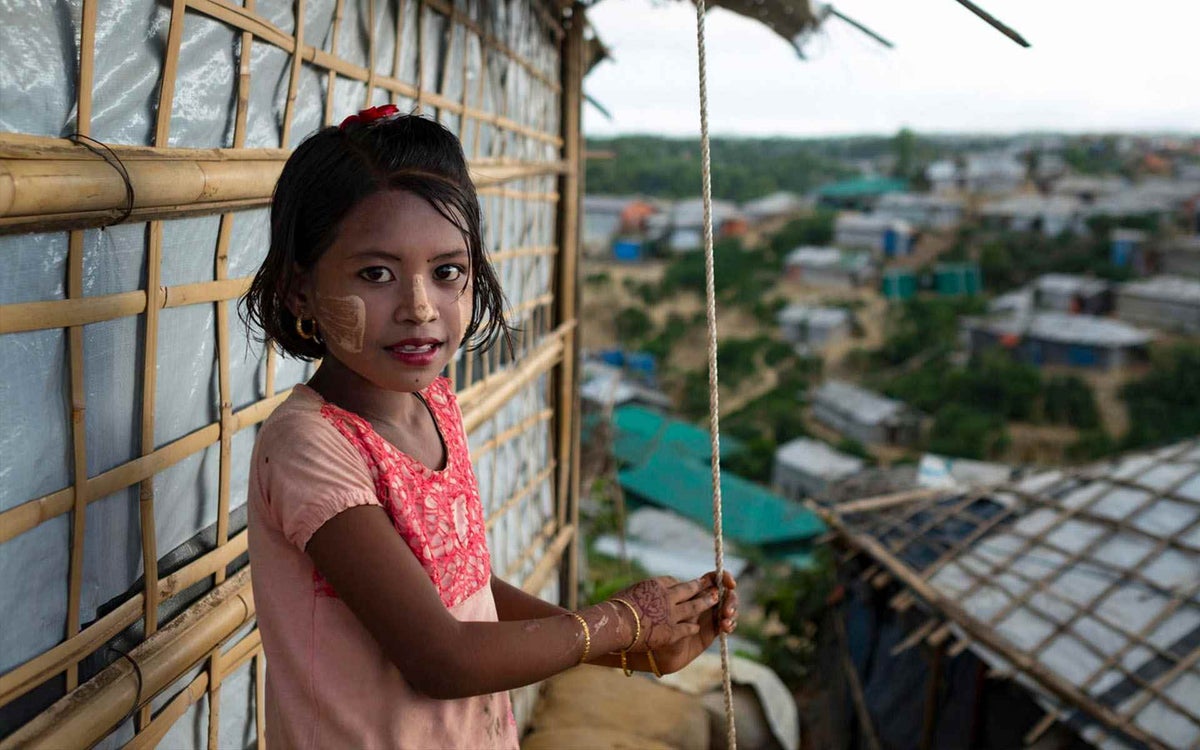
Related articles
Stay up-to-date on UNICEF's work in Australia and around the world


